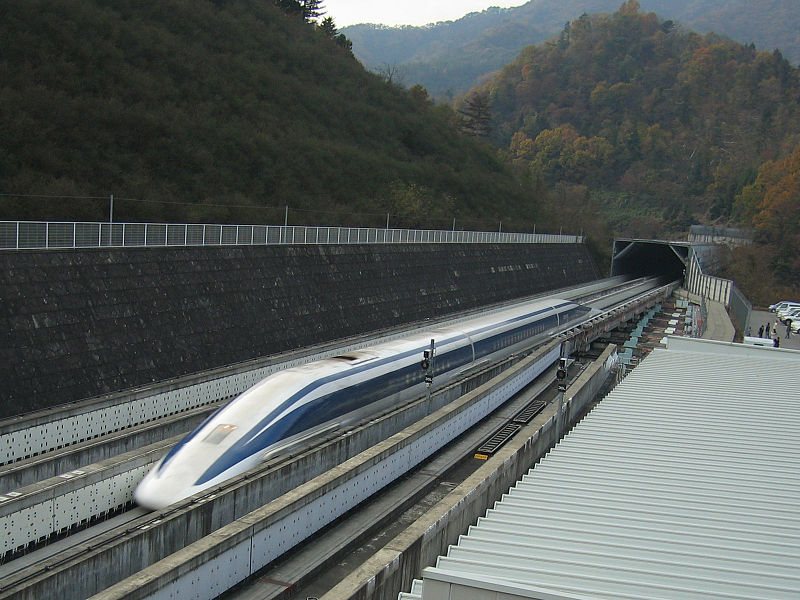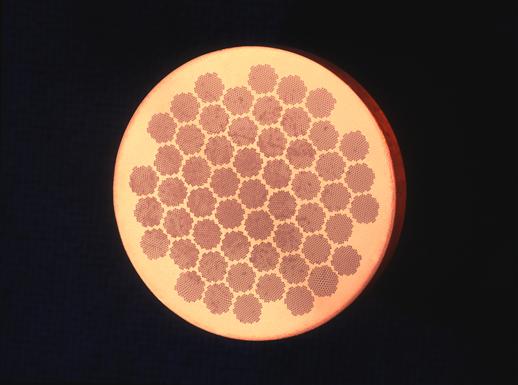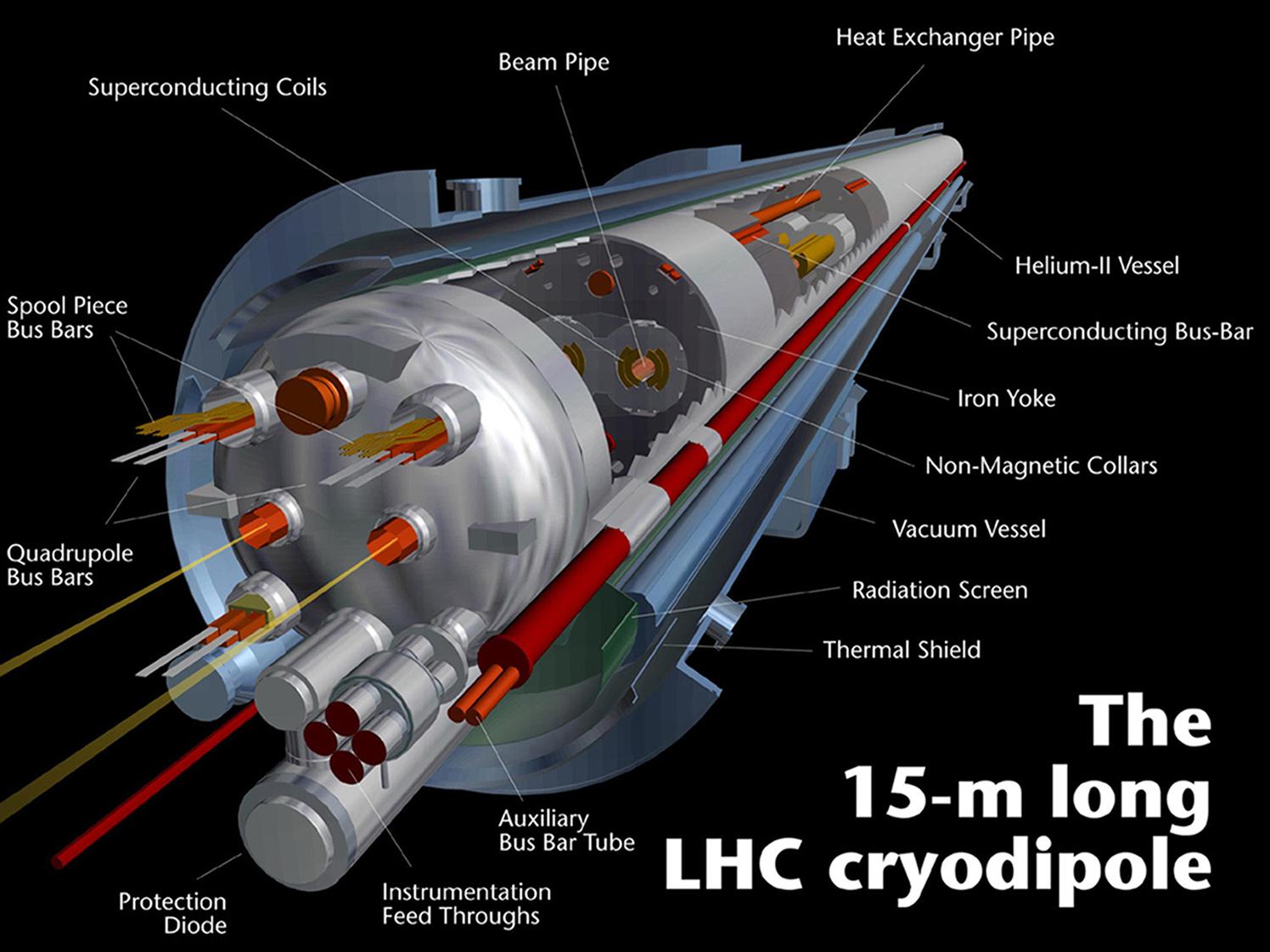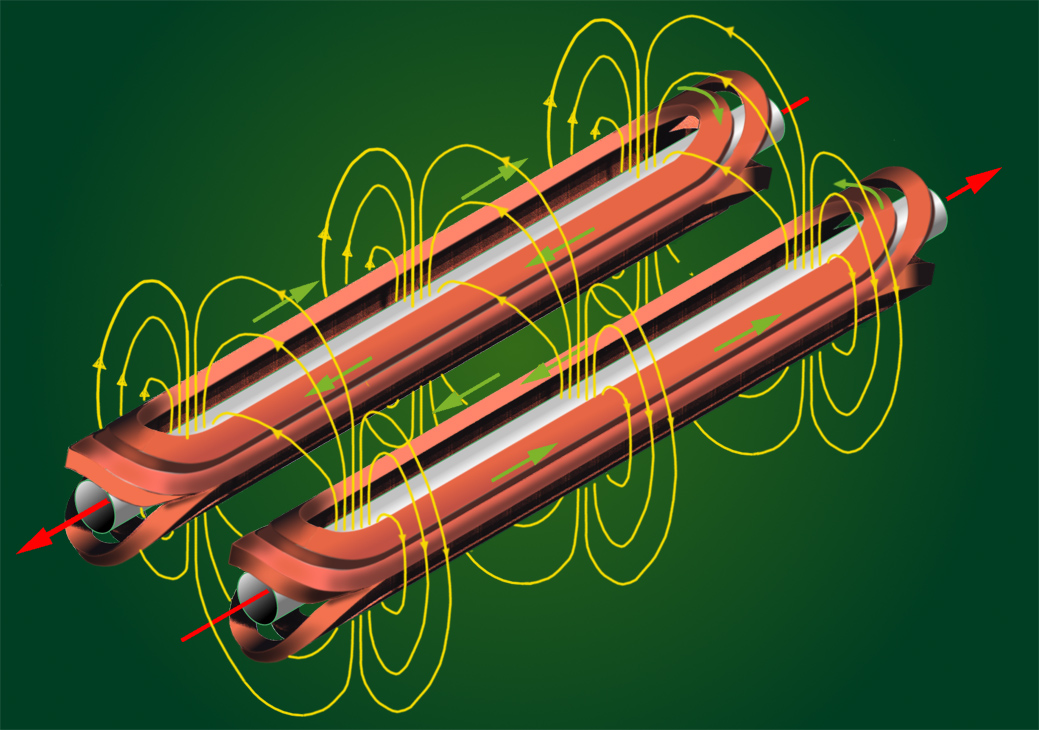Case study: Accelerators and superconductors
Case study: Accelerators and Superconductors
Introduction
A superconductor is a material which has an electrical resistivity of almost zero, meaning that an electrical charge traveling through a closed superconductor will travel through the material indefinitely. This property of superconductors is incredibly exciting with applications that could quite literally change the world. For example power lines made from superconducting materials would transmit electrical power without loss. So why don’t we use superconducting power lines now? Well, all known superconducting materials only display the property of superconductivity at low temperatures, extremely low temperatures, about the temperature of outer space, around -269oC.
|
Magnetic Levitation: Superconductors are materials that have no electrical resistance. Another property of superconductors is that they expel magnetic fields by inducing surface currents. A magnet placed on a superconducting material will levitate as seen beside. Image credit: Rutherford Appleton Laboratory |
Critical Temperature
The temperature below which a material behaves as a superconductor is known as the critical temperature, Tc. The critical temperature is different for different materials with some being higher than others. A current, very active area of research is high temperature superconductors (HTS), which are superconductors that have a high Tc, high being above -243.2oC. A key temperature for super conductors is -196oC, which is the boiling point of liquid nitrogen, meaning that superconductors with Tc greater than -196oC can be cooled using liquid nitrogen rather than liquid hydrogen, which is advantageous as liquid nitrogen is significantly less expensive than liquid hydrogen. However, the “holy grail” for HTS research is a ‘room temperature’ superconductor, a material that behaves as a superconductor at around 0oC. The current record for the highest temperature superconductor is a -135oC, which is held by mercury-thallium-barium-calcium-copper-oxide (Hg12Tl3Ba30Ca30Cu45O125), a Cuprate.
Applications
Currently superconducting materials have many applications; they are used in electric motors and generators, in electronics for fault current limiters, in Radio Frequency (RF) and Microwave filters used in radio and television broadcasting and wireless communication, in high performance computing to build fast digital circuits, in Superconducting QUantum Interface Devices (SQUID’s) which are extremely sensitive instruments for measuring incredibly subtle magnetic fields, in high sensitivity particle detectors used in most High-Energy Physics (HEP) experiments and in superconducting electromagnets used in maglev trains, MRI machines and in particle accelerators.
|
JR-MLX01 Maglev train at Yamanashi test track. The JR-Maglev train uses null flux superconductor magnet-based electromagnetic levitation. JR Central aims to begin a commercial maglev service between Tokyo and Nagoya in the year 2025 with the full track between Tokyo and Osaka finalized in 2045. Image credit: Creative Commons |
For more information on superconductors see;
Web (Hyperphysics): Superconductor Applications,
Web (Superconductors.org): Uses of Superconductors,
Web (Shanghai Maglev Transportation Development Co.): Principle of Magnetic Levitation
Superconductors and Accelerators
Superconductors play an important role in particle accelerators but conversely particle accelerators also play a role in superconductor research and development. In the development of new superconducting materials, current known superconducting materials are doped with certain atoms to try and enhance the superconducting properties of the material and increase the Tc. One method of doping is by ion implantation, where atoms are accelerated and then fired into a material to change its atomic structure. Also, in research, synchrotron light sources are used to produce high energy x-rays to probe superconducting materials to try and gain a deeper understanding of how superconductors work. Little is known about the workings of high temperature superconductors, one of the most important, as yet unanswered questions in physics.
For more information on the use of particle accelerators in superconductor research see;
Article (ALS): Two Phase Transitions Make a High Temperature Superconductor
Article (ALS): Pseudogaps Polarons and the Mystery of High Temperature Superconductivity
Article (ISIS): New Iron Based High Temperature Superconductors
Superconducting Electromagnets
As mentioned in the previous section, superconductors have many exciting and varied applications. This section further explains superconducting electromagnets as without them particle accelerators like the Large Hadron Collider (LHC) would not be possible.
Electromagnets
An electromagnet is a fairly simple object; it is made up of a solid metal core, usually iron, called a solenoid, wrapped in coils of wire. An electric current flowing through a wire produces a magnetic field which ‘wraps’ itself around the wire, the greater the current passing through the wire the stronger the magnetic field produced. A fundamental property of an electron is something known as its dipole moment, meaning it’s essentially an extremely small magnet. This property derives from an even more fundamental property known as spin, the spin of a particle can take two forms, either ‘up’ or ‘down’. This has an impact on the dipole moment of the electron resulting in the magnetic field of the electron pointing either ‘up’ or ‘down’. In the solenoid the magnetic fields of the electrons will all be pointing in random directions (‘up’ or ‘down’) overall cancelling each other out. When the current passes through the wire the generated magnetic field will align the fields of the electrons parallel to the magnetic field from the wire resulting in a very strong overall magnetic field being produced by the electromagnet.
Superconducting Electromagnets
A superconducting electromagnet differs from a conventional electromagnet very little, a superconducting electromagnet uses superconducting wire rather than conventional wire. As an electrical current passes through a superconductor without loss, larger currents can pass through a superconducting wire, meaning a superconducting electromagnet can produce a stronger magnetic field than a conventional electromagnet. A disadvantage of a superconducting electromagnet is that they require cryogenic cooling to keep the material in the superconducting wire cool enough to remain a superconductor. The cost advantage of zero loss of electric current in the superconducting wire is such that it comfortably accounts for the cost disadvantage of the cryogenic cooling, meaning that when a large magnetic field is required from an electromagnet, superconducting electromagnets are superior to conventional electromagnets.
|
Superconducting Wire Cross-Section: Superconducting wire is made up of superconducting filaments (the darker circles) encased in copper. Image credit: CERN |
Applications of Superconducting Electromagnets
Superconducting electromagnets have many exciting uses; the most relevant to this website is their application in particle accelerators. Particle accelerators where the charged particle travels in a circular path require a strong magnetic field to bend the particles (for more information see About Accelerators). The LHC for example requires 1232 superconducting magnets to bend the path of the particles it accelerates. Superconducting electromagnets are also used in MRI and NMR machines which produce images of the soft tissue within the body by taking advantage of the physical phenomenon, Nuclear Magnetic Resonance (the absorption and emission of electromagnetic radiation by atomic nuclei in a magnetic field of a frequency dependant on the strength of the magnetic field). MRI and NMR machines would not be possible without the development of superconducting electromagnets which was led by the HEP community and particle accelerator development. MRI was the first non-invasive method of looking at soft tissue within the human body and has saved countless lives since its first use in the 1970s. Another use of superconducting electromagnets is in Maglev (magnetic levitation) trains. Maglev trains use electromagnets to float the train above the track, eliminating friction, and also to propel the train along the track. Maglev trains have been recorded at 361km/h and proposed designs of maglev trains operating in a sealed vacuum tunnel so as to eliminate air resistance, called Vactrains, are theorised to be able to travel at up to 8000km/h, that’s London to New York in under an hour!
|
LHC Cryodipole: A computer generated diagram of a dipole magnet section of the beam-line at the LHC, indicating the use of superconductors. Image credit: CERN |
|
Magnetic Field: The magnetic field produced by the LHC dipole’s superconducting coils. Image credit: CERN |





